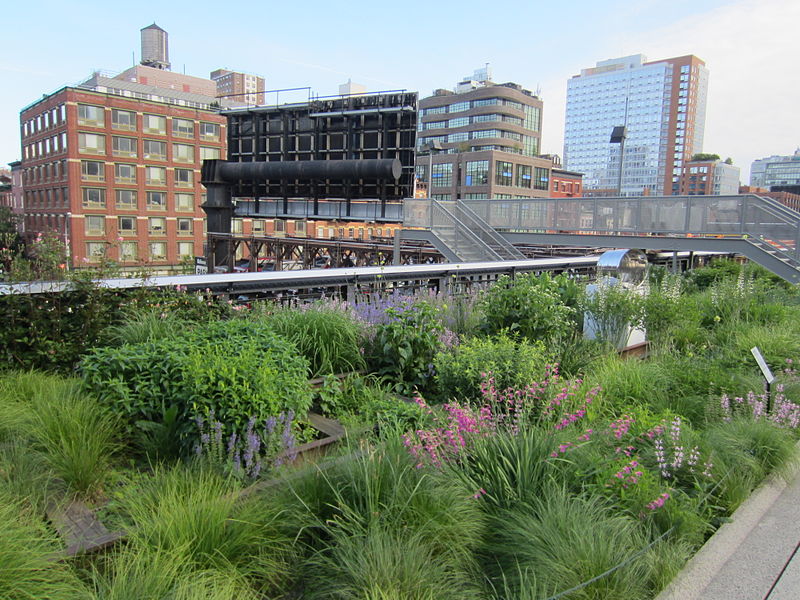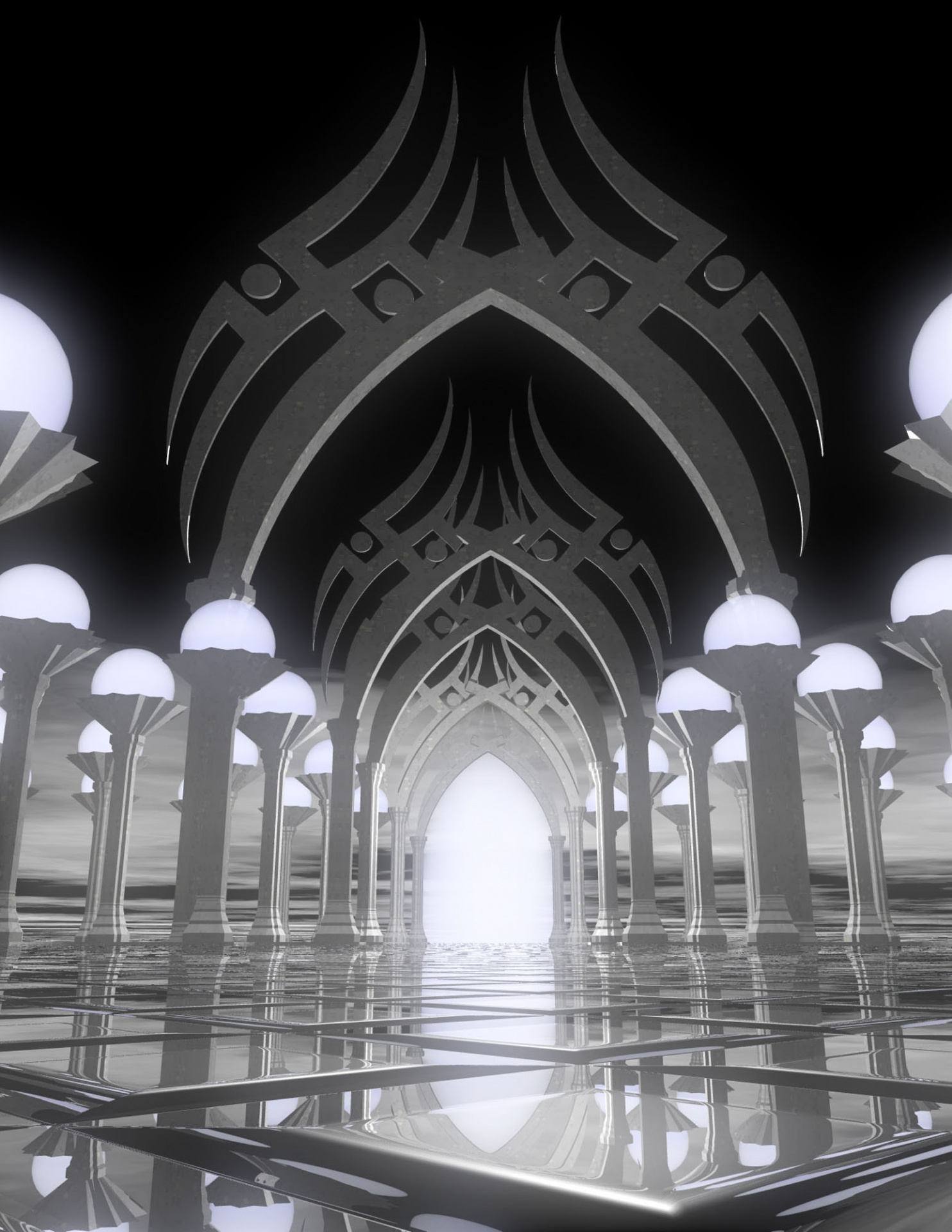Speculative architecture
Contents |
[edit] Introduction
Speculative architecture describes a proposed architectural scenario influenced by technology and its possible impact on space and time. It is a discipline that is sometimes applied to possibilities in urban planning that may never be realised but are instead meant to stretch the boundaries of the creative process.
In a speculative architecture, the project is less about how the building is physically shaped and more about how the structure operates based on available technologies. The sustainably oriented consequences of its operation should be designed to have a positive future impact on not only the physical representation but also on the culture and the community surrounded by the building.
[edit] Early history
Archigram was a UK-based art and architecture collective that came to prominence in the 1960s. As part of the burgeoning avant garde of the time, it aimed to explore extreme alternatives for urban design as a response to what it perceived to be the dullness and intellectual conservatism of modern architecture.
Virtually all of their plans and ideas remained unrealised, freeing them to explore unorthodox and outlandish designs which they often published in their Archigram magazine. They were defined less by a specific set of principles, than by an optimistic spirit that corresponded to the prevailing mood of the 1960s, looking to shake off out-dated ideas and conventions. They were inspired by the technocratic ideas of Buckminster Fuller as well as the American Beat movement and Pop art.
For more information see: Archigram.
[edit] Speculative architecture realised
One example of speculative architecture is New York City’s High Line Park. The urban renewal project of the city’s derelict elevated rail line had little support until an ideas competition brought the forgotten space on Manhattan’s West Side into the spotlight. Entries from around the world included a roller coaster and a lap pool, but the speculative nature of the competition also yielded several viable designs that might not have been realised.

|
| The High Line in New York City opened in 2014; it has since become one continuous, 1.45-mile-long greenway featuring 500+ species of plants and trees. |
This creative exercise is thought to have sparked the imagination of competitors, resulting in imaginative and fanciful renderings. When residents and planners saw the possibilities - both imagined and real - it generated genuine support for the project.
NB This interpretation of speculative architecture should not be confused with speculative development, or speculative construction, which describes a process in which unused land is purchased or a building project is undertaken with no formal commitment from any end users. For more information see: Speculative construction.
[edit] Related articles on Designing Buildings
Featured articles and news
A people-first approach to retrofit
Moving away from the destructive paradigm of fabric-first.
International Electrician Day, 10 June 2025
Celebrating the role of electrical engineers from André-Marie Amperè, today and for the future.
New guide for clients launched at Houses of Parliament
'There has never been a more important time for clients to step up and ...ask the right questions'
The impact of recycled slate tiles
Innovation across the decades.
EPC changes for existing buildings
Changes and their context as the new RdSAP methodology comes into use from 15 June.
Skills England publishes Sector skills needs assessments
Priority areas relating to the built environment highlighted and described in brief.
BSRIA HVAC Market Watch - May 2025 Edition
Heat Pump Market Outlook: Policy, Performance & Refrigerant Trends for 2025–2028.
Committing to EDI in construction with CIOB
Built Environment professional bodies deepen commitment to EDI with two new signatories: CIAT and CICES.
Government Grenfell progress report at a glance
Line by line recomendation overview, with links to more details.
An engaging and lively review of his professional life.
Sustainable heating for listed buildings
A problem that needs to be approached intelligently.
50th Golden anniversary ECA Edmundson apprentice award
Deadline for entries has been extended to Friday 27 June, so don't miss out!
CIAT at the London Festival of Architecture
Designing for Everyone: Breaking Barriers in Inclusive Architecture.
Mixed reactions to apprenticeship and skills reform 2025
A 'welcome shift' for some and a 'backwards step' for others.





















